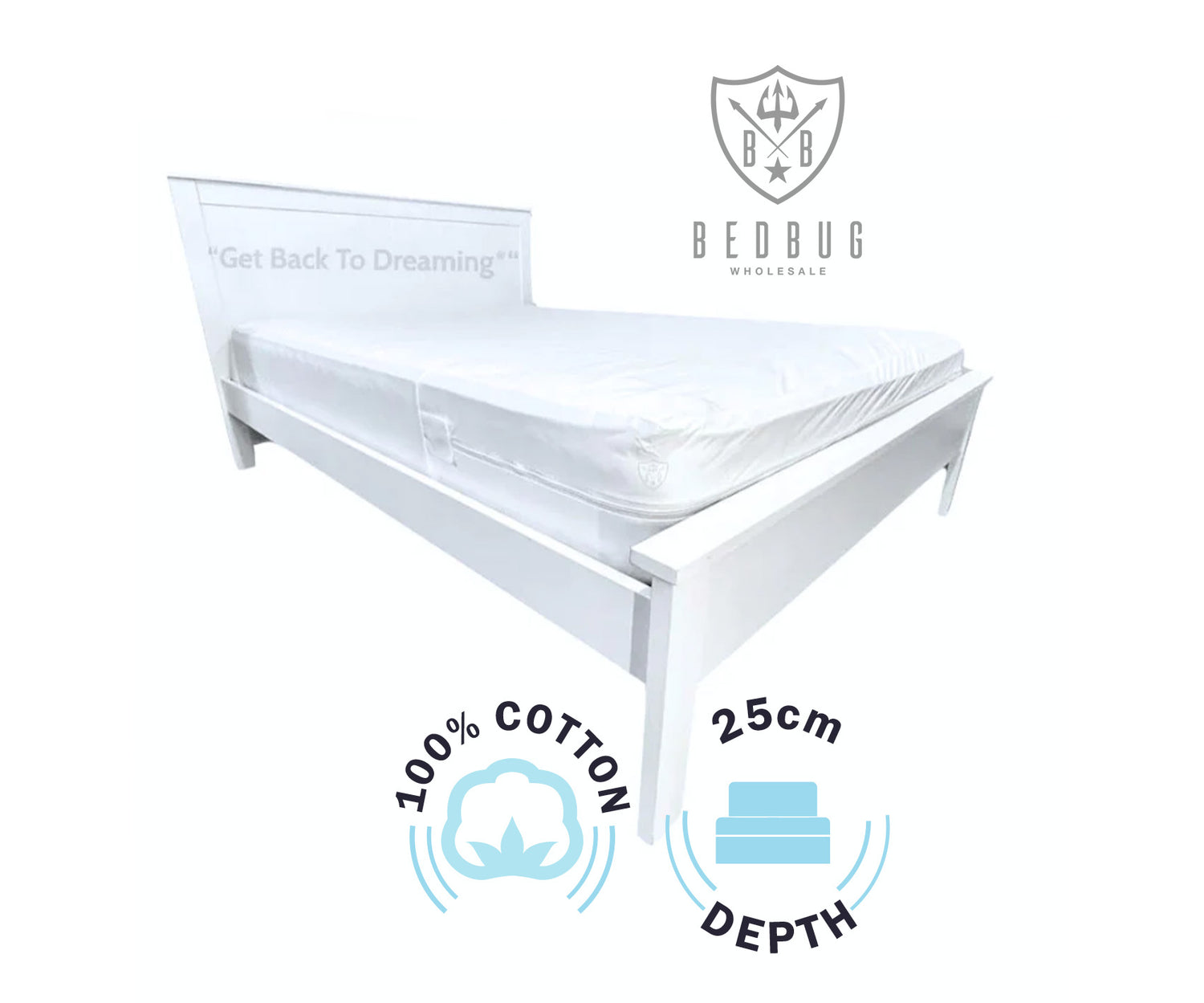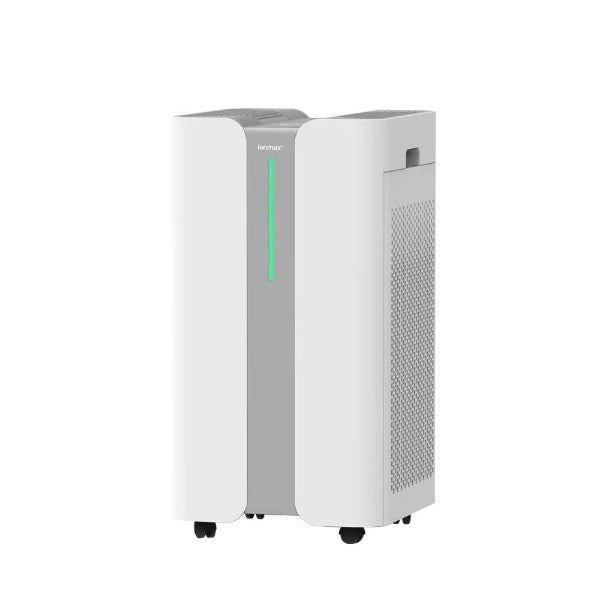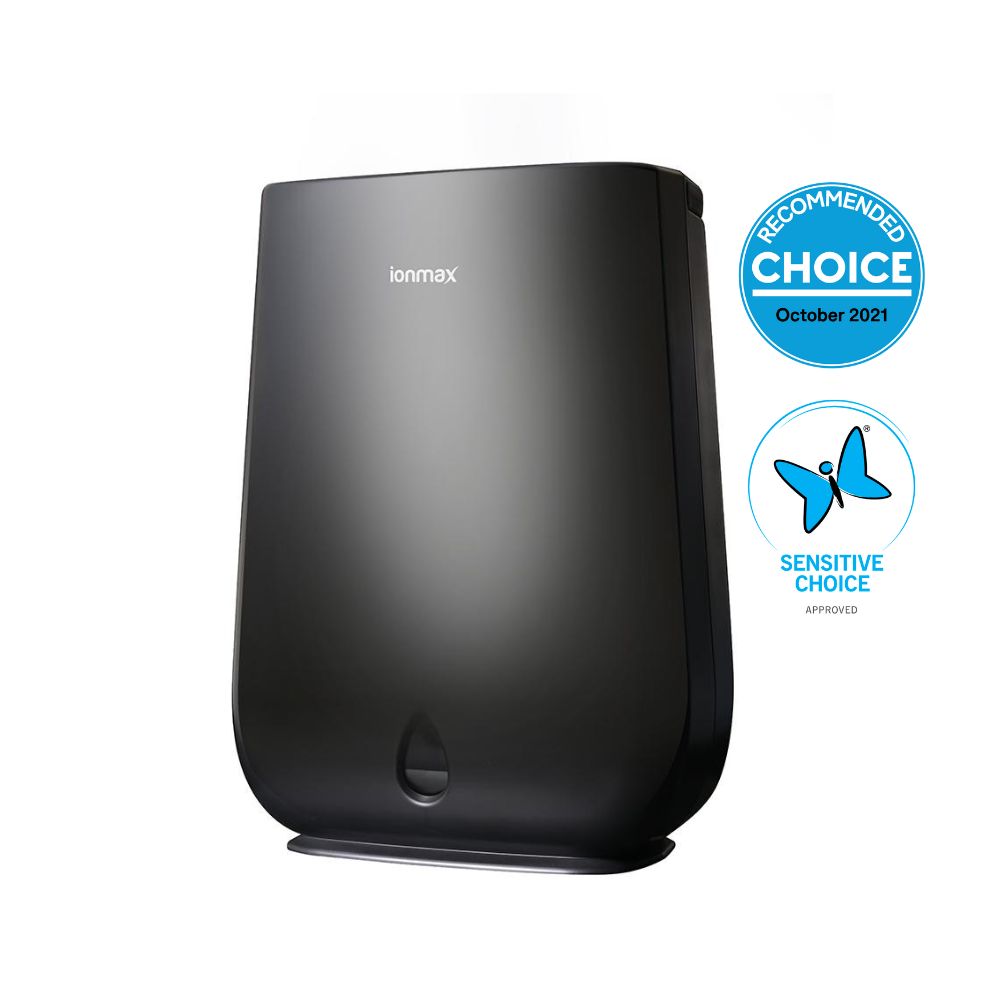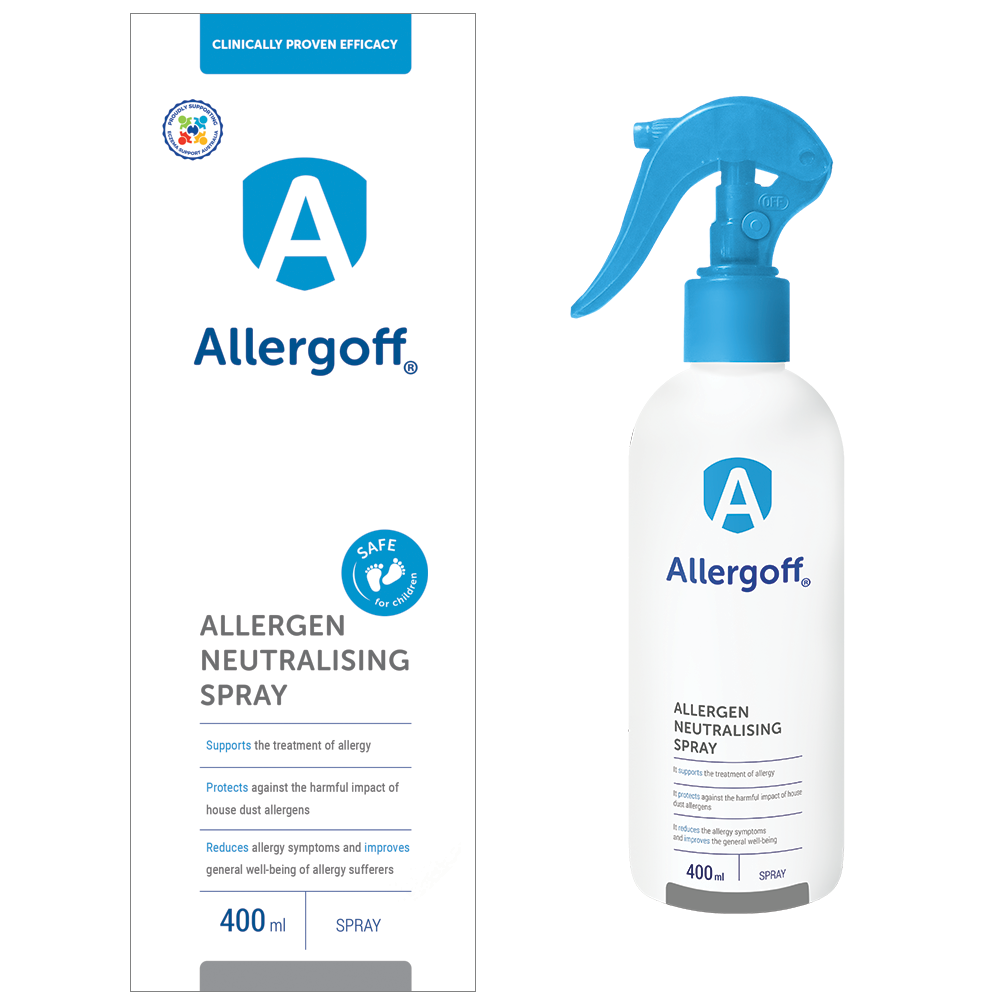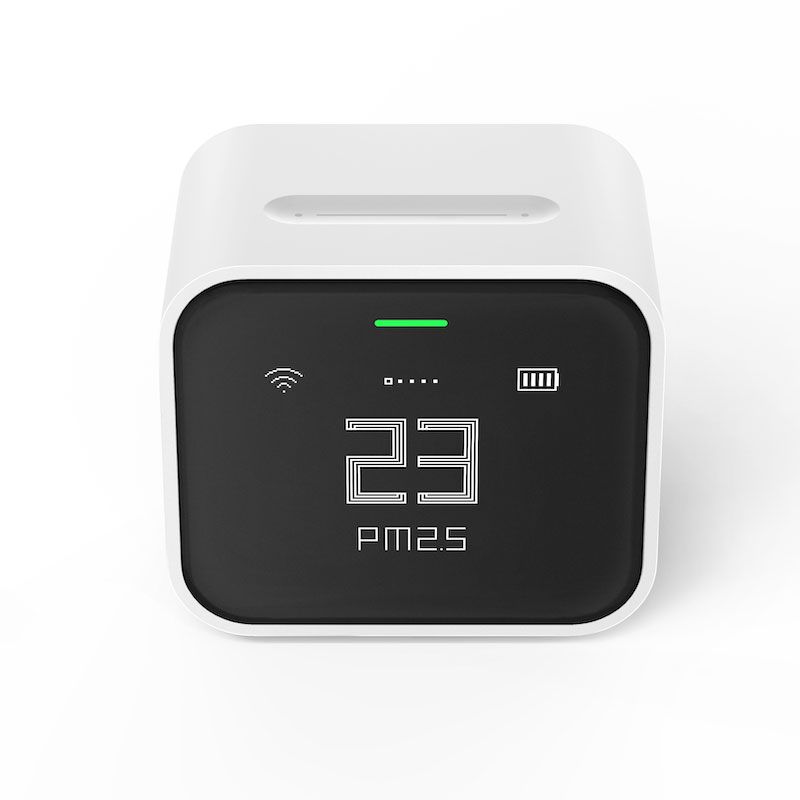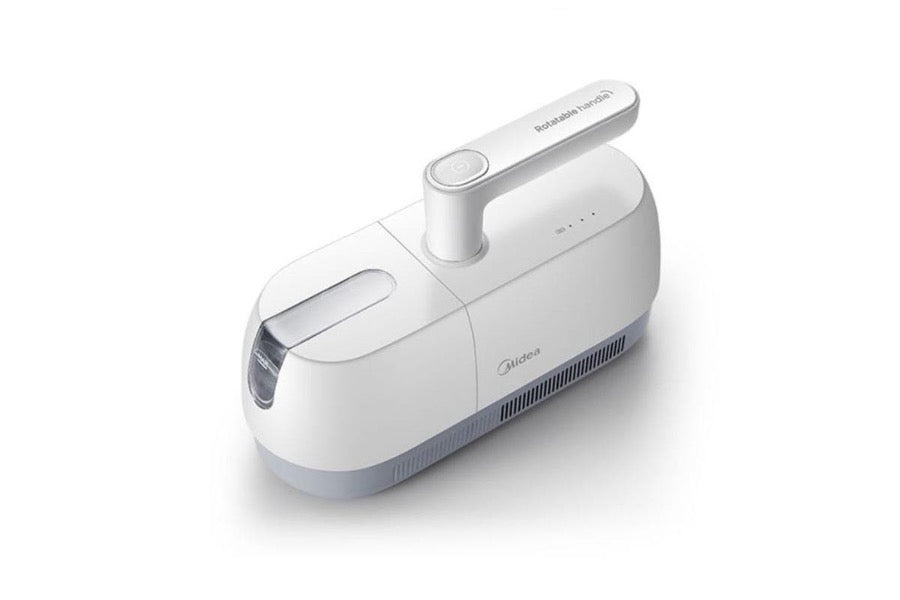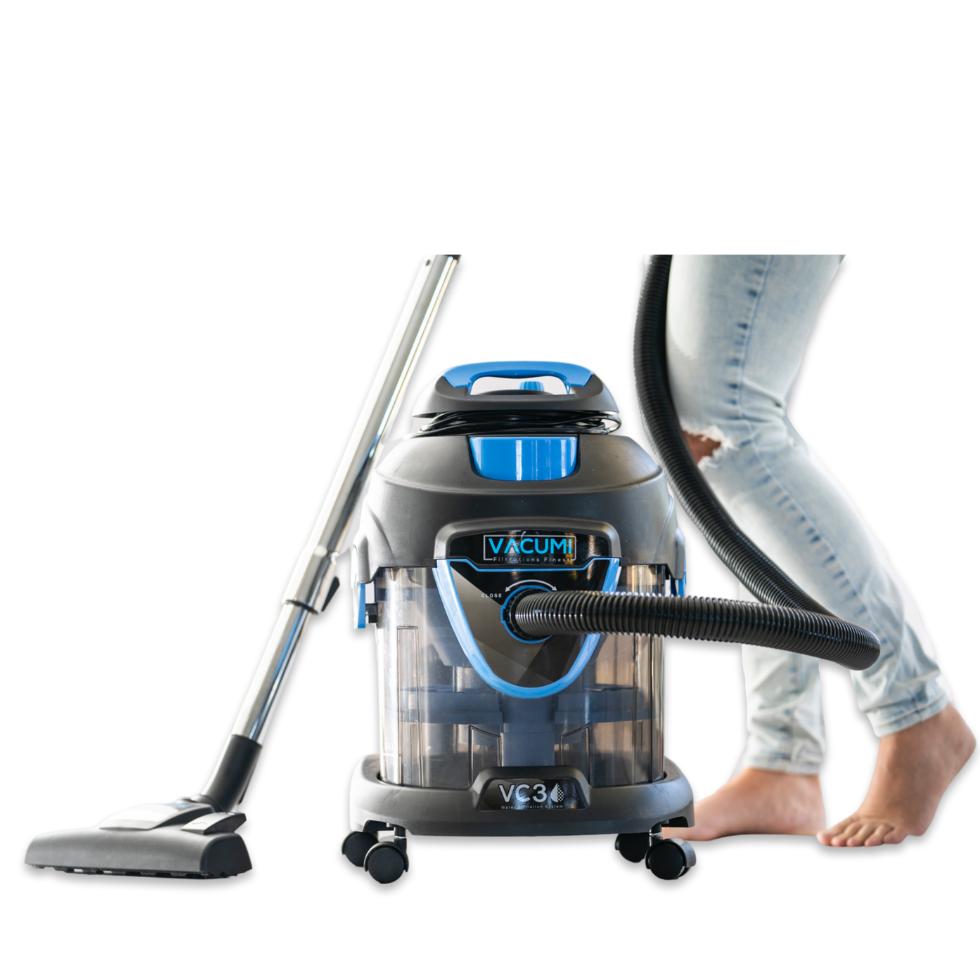What is a bed mite allergy?
Bed mite allergy, often termed as allergic reactions to dust mites, arises from exposure to minute arthropods known as house dust mites. These minuscule creatures are commonly present in household dust, particularly in bedding, pillows, mattresses, and upholstered furniture. Dust mites primarily feed on human skin flakes and thrive in warm and humid environments.
When individuals with dust mite allergies encounter dust mite allergens, which are proteins found in dust mite excrement and bodily remnants, their immune systems may overreact, leading to the manifestation of allergy-related symptoms.
Bed bugs or bed mites?
In the realm of unwelcome household pests, dust mites and bed bugs often top the list. A frequently asked question is whether dust mites bite humans.
In reality, dust mites trigger allergic responses through their feces and discarded skin, while bed bug bites stem from their consumption of human blood. By discerning these distinctions, you can adopt the necessary steps to combat and safeguard your home against these unwanted intruders. Read more about the difference between bed bugs and bed mites.
How to know if you are allergic to bed mites
Determining if you are allergic to bed mites, often referred to as dust mites, can be done through a combination of self-assessment, monitoring for common allergy symptoms, and consultation with a healthcare professional.
Symptoms of bed mite allergy
According to Mayo Clinic, common symptoms of bed mite allergy are: sneezing, a runny or itchy nose, watery eyes, nasal congestion, itchiness in the nose or throat, postnasal drip, coughing, facial discomfort, blue-hued skin beneath the eyes, and in children, frequent nose rubbing.
In cases where dust mite allergies contribute to asthma, individuals may encounter difficulty in breathing, chest tightness, wheezing upon exhaling, sleep disturbances due to breathlessness, and exacerbated coughing or wheezing during respiratory infections like colds or the flu.
Can bed mites make you sick?
Mayo Clinic states that the severity of dust mite allergies can range from occasional mild symptoms such as sporadic sneezing and runny nose to chronic and persistent issues, including severe asthma attacks or eczema flare-ups.
How can you tell if you have mites in your bed
Detecting the presence of mites in your bed can be challenging because they are microscopic and not easily visible to the naked eye. However, there are some signs and methods you can use to determine if you may have mites in your bed:
Allergy Symptoms: One of the most common indicators of mites in your bedding is allergy symptoms, such as sneezing, a runny or stuffy nose, itchy or watery eyes, coughing, or skin rashes. These symptoms can occur when you are exposed to mite allergens.
Visible Dust or Debris: Check your bedding for visible dust or debris, particularly in areas where mites are likely to accumulate, such as mattress seams, creases, and corners. While this may not confirm the presence of mites, it can suggest a need for cleaning.
Skin Irritation: Mites can sometimes cause skin irritation or itching. If you notice unexplained itching or skin rashes that worsen while in bed, it may be worth investigating for mites.
Waking Up with Bites: If you wake up with unexplained bites or skin irritation, it's essential to consider the possibility of bedbugs rather than dust mites, as bedbugs are visible to the naked eye and can bite.
Use of Allergen-Proof Covers: If you are concerned about dust mites, you can also use allergen-proof mattress, duvet and pillow covers, which are designed to create a barrier between you and potential mite allergens.
Are bed mites visible to the naked eye?
No, bed mites are not visible to the naked eye. They are extremely tiny creatures, measuring only about 0.2 to 0.3 millimeters in length, which is smaller than a grain of sand. Due to their microscopic size, dust mites cannot be seen without the aid of a microscope or magnifying lens. Despite their small size, dust mites can have a significant impact on individuals with allergies or asthma, as their allergenic proteins and fecal matter can trigger allergic reactions and respiratory symptoms.
How to get rid of bed mites?
-
Use Allergen-Proof Covers: Invest in allergen-proof mattress and pillow covers to create a barrier between you and dust mites.
-
Wash Bedding Regularly: Wash your bedding, including sheets, pillowcases, and blankets, in hot water (above 130°F or 54°C) at least once a week.
-
Choose the Right Bedding Materials: Opt for bedding materials that are less hospitable to dust mites, such as hypoallergenic pillows and comforters.
-
Keep Humidity Levels Low: Use a dehumidifier to maintain humidity levels below 50%, as dust mites thrive in humid environments.
-
Frequent Vacuuming: Vacuum your home regularly with a vacuum cleaner equipped with a HEPA filter, paying special attention to carpets, rugs, and upholstered furniture.
-
Reduce Clutter: Minimize clutter in your bedroom and home, as it provides additional hiding spots for dust mites.
-
Replace Carpet with Hard Flooring: If possible, consider replacing carpets with hard flooring surfaces, as carpets can harbor dust mites.
-
Freeze Stuffed Animals: Placing stuffed animals and soft toys in the freezer overnight can help kill dust mites. Be sure to put them in a sealed plastic bag first.
-
Reduce Indoor Plants: Indoor plants can increase humidity levels, so consider limiting the number of plants in your bedroom.
-
Use Anti-Allergen Sprays: Consider using anti-allergen sprays or dust mite control products on your bedding and upholstery, following the manufacturer's instructions.
How to get rid of dust mites in your home


